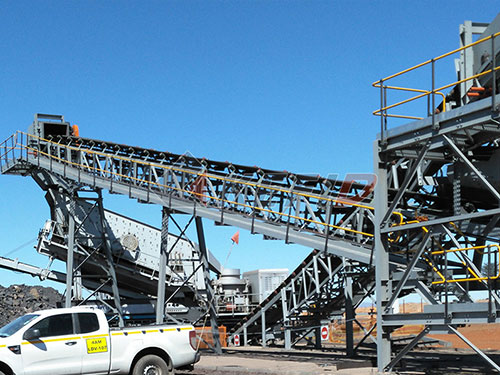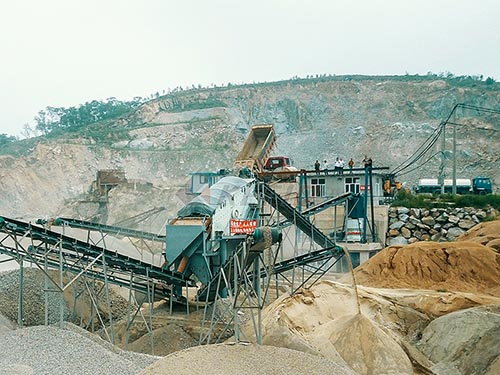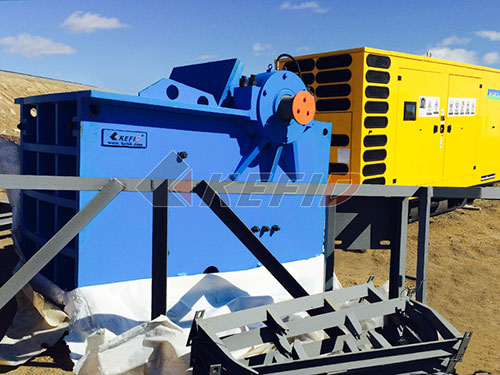Forging Force: The Practical Guide to Shop-Built Rock Crushers
The satisfying crunch of rock yielding under pressure isn’t just the domain of industrial quarries or expensive machinery. For determined hobbyists, prospectors tackling small claims, or resourceful off-gridders, building your own rock crusher in the workshop is a challenging yet deeply rewarding endeavor. This isn’t about replacing commercial giants; it’s about empowerment, customization, and solving specific problems where off-the-shelf solutions fall short or break the bank.
Why Build When You Can Buy? The Allure of DIY
Commercial rock crushers represent significant investments. For sporadic use on small-scale projects – processing gold ore samples from a claim, creating gravel for a garden path or driveway filler on remote property, recycling construction debris like concrete into aggregate – the cost can be prohibitive. Building your own offers compelling advantages:

1. Cost Efficiency: Utilizing salvaged materials (steel plate from old machinery), surplus components (motors), and clever sourcing dramatically slashes expenses compared to new equipment.
2. Customization: Need it portable? Build it on a trailer frame. Processing mostly softer material? Adjust jaw gap and flywheel weight accordingly. Require specific output size? Design screens to match.
3. Problem Solving & Learning: The process deepens understanding of mechanics, forces involved in crushing (compression vs impact), material properties (wear resistance!), and fabrication skills like welding and machining.
4. Accessibility: A shop-built crusher brings processing capability directly to the source material – your claim site or project location – eliminating transport costs for heavy ore or debris.
Core Principles: Understanding How Crushers Work
Before sparks fly in the workshop, grasp the fundamental mechanisms:
1. Jaw Crushers: Mimic nature’s strongest bite plates force material between a fixed “jaw” and a moving “jaw.” This creates immense compressive force breaking larger rocks down progressively smaller sizes as they travel downward through the narrowing gap between jaws.
2. Impact Crushers: Utilize high-speed rotating hammers or bars striking material thrown against breaker plates or anvils within a chamber (“slam-bang”). Effective for softer materials and often producing more fines.

3. Roller Mills/Crushers: Crush material between counter-rotating cylinders with textured surfaces.
For most shop builds due to simplicity and effectiveness on hard rock types common in prospecting/mining contexts (like quartz) , jaw crushers are the predominant choice.

Leave a Reply